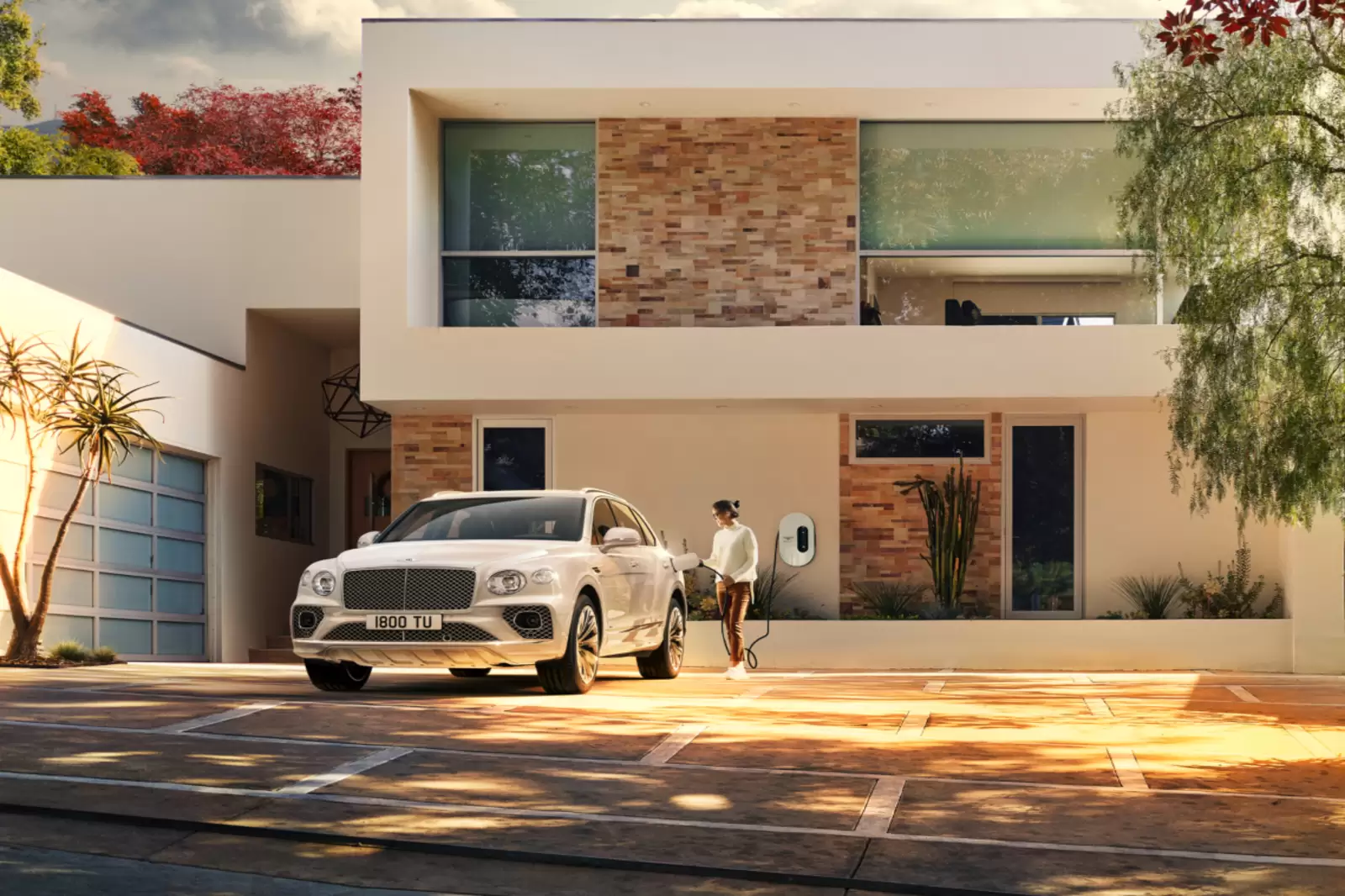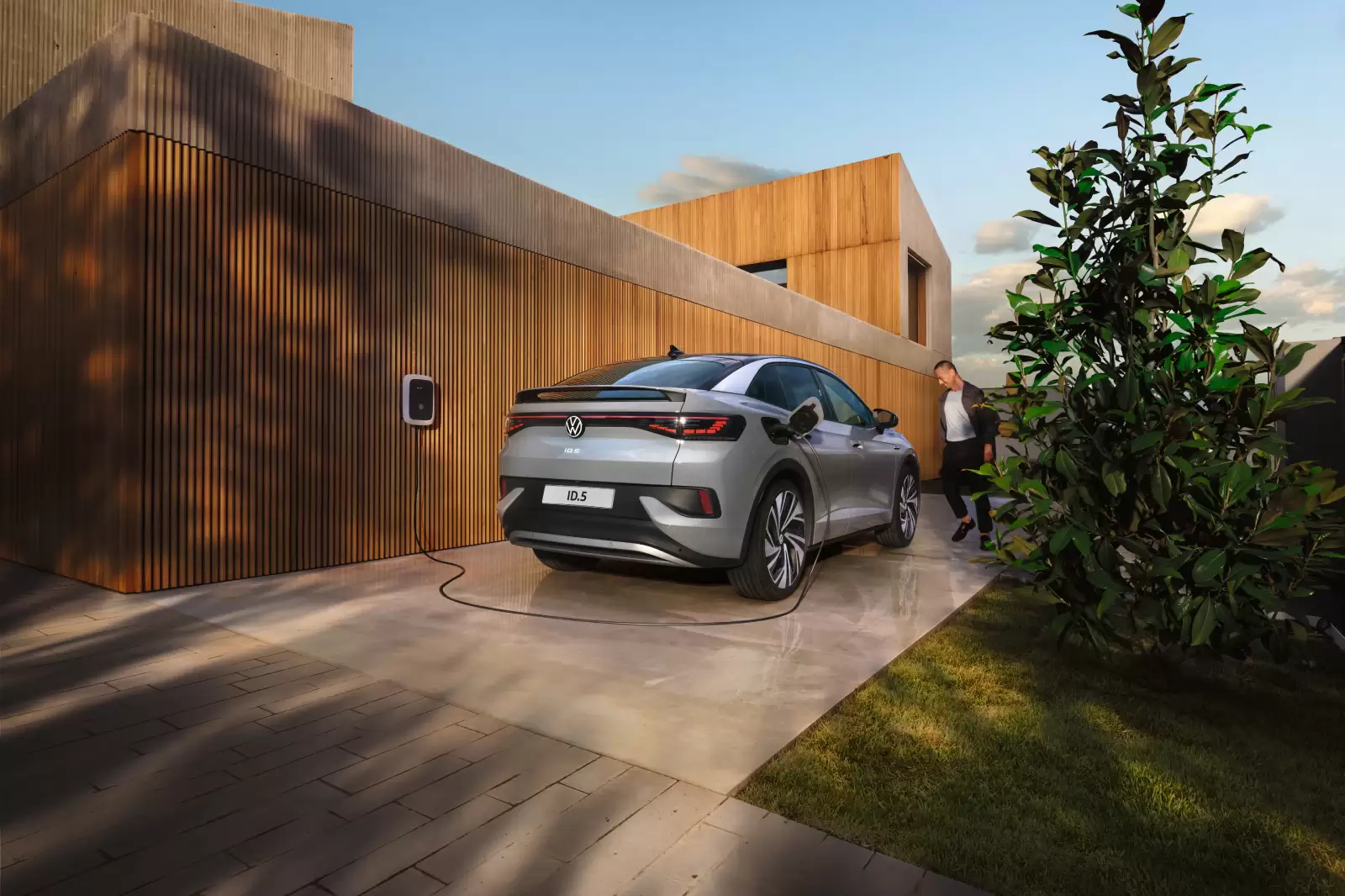COMMENT: Electric transition in rural areas must not mirror broadband roll-out
One of the biggest talking points in the industry right now is how the nation addresses the postcode lottery of public EV charging stations.
Research from our data insights team shows us that people are far more likely to seriously consider buying an electric car if they have confidence in the availability and reliability of their local charging network.
However, we know that public charging stations are unevenly distributed throughout the country, with urban and city areas far more likely to benefit from a suitable provision of charge points.
For example, figures from the Department for Transport show that, based on public charging points per 100,000 people, London (116), Scotland (55), the South East (44) and the South West (39) see the highest level of charging points, whilst Yorkshire and the Humber (29), the North West (27) and Northern Ireland (17) show the lowest level.
And Emma Loveday, our EV Consultant, believes that unless the inequality of charge point distribution is addressed, this postcode lottery will plunge remote regions into the EV wilderness…
What do the experts say?
Emma Loveday, EV Consultant at Volkswagen Financial Services UK, said: “Range isn’t the issue nowadays when it comes to transitioning to an electric vehicle if you live in a rural area. With many models available on the market today boasting more than 250 miles of range, this shouldn’t be a concern.
“What is causing concern, however, is the inadequate charging infrastructure in more remote and rural regions of the UK. Understandably, charging infrastructure development, funding and policy has been more focused in our urban and more densely populated towns and cities.
“This has allowed, and is enabling, a greater number of people to make the transition to green travel as well as helping to improve air quality in these areas – which is much needed and clearly a good thing. But the myth that EVs are only suited to city driving has been emphatically busted in recent years, and we must not leave our rural communities behind. Statistically, it is in these communities where older, larger, diesel vehicles typically operate, so rural locations must be an important consideration when we look to reduce emissions in the transport sector.
“We want to ensure geographic equality of electric vehicle charge points, otherwise we could end up mirroring the rollout of broadband, which left small towns and rural communities trailing behind the rest of the country. The placement of charge points is also dictated by market demand, and commercial operators of charge points will prioritise areas where there is highest traffic demand.
“However, without adequate infrastructure, people in these communities may be reluctant to transition. Network companies need to work closely with their stakeholders to develop well-justified investment plans that reflect local and regional needs and priorities.
“Despite concerns around rural infrastructure, there are definitely benefits that rural drivers can enjoy by going electric. The shared driving routines and habits that rural communities tend to have, such as longer driving distances, vehicle type and ample off-street parking, offer significant potential in realising EV benefits.”
What are the key benefits of rural regions going electric?
- Typically, older and larger vehicles are commonplace in rural areas. We know that these vehicles are less fuel efficient, so switching to a comparably-sized electric vehicle will lead to bigger fuel savings and fewer CO2 emissions
- Rural drivers are more likely to be able to charge at home – a barrier for urban communities where flats, house sharing and a lack of off-street parking is far more prevalent. In rural communities, people are far more likely to have access to a driveway or off-street parking, rather than multi-unit dwellings, making home charging a convenient option
- Longer driving distances in rural areas leads to bigger maintenance savings – drivers in rural areas often have to drive longer distances to access jobs, medical facilities, schools, and other amenities. The more mileage a vehicles does, the greater the likelihood that maintenance will be required. We already know that EVs have significantly lower maintenance costs, and compared to an ICE vehicle, an electric vehicle has significantly less moving parts, so fewer elements need to be maintained and serviced
For more information on electric vehicles, visit our dedicated EV hub here.
READ MORE: How will the nation’s switch to electric affect learner drivers?
READ MORE: Drivers can cut yearly running costs by 70% if they switch to an EV



